Harmonizing Your Energy: Full Body Chakra Healing and Alignment
Join The Community @BuddhaBeats
🎨🕉️ Stay Connected:
Instagram: https://www.instagram.com/buddhabeats/
Facebook: https://www.facebook.com/buddhabeatsofficial
Chakra meditation is a form of meditation that focuses on balancing and aligning the body's energy centers, known as chakras. In various Eastern spiritual and healing traditions, it is believed that chakras are spinning wheels or vortexes of energy that play a vital role in our physical, mental, emotional, and spiritual well-being. There are seven primary chakras aligned along the spine, each associated with specific qualities and functions.
Here's a breakdown of the key aspects of chakra meditation:
1. Understanding the Chakras: Chakra meditation begins with an understanding of the seven main chakras, their locations, colors, associated elements, and the qualities they represent. These chakras are:
Root Chakra (Muladhara): Located at the base of the spine, it's associated with stability, security, and basic needs.
Sacral Chakra (Svadhisthana): Located in the lower abdomen, it's linked to creativity, passion, and emotions.
Solar Plexus Chakra (Manipura): Located in the upper abdomen, it's related to personal power and self-esteem.
Heart Chakra (Anahata): Found at the center of the chest, it represents love, compassion, and connection.
Throat Chakra (Vishuddha): Located in the throat, it's associated with communication and self-expression.
Third Eye Chakra (Ajna): Situated between the eyebrows, it's linked to intuition and insight.
Crown Chakra (Sahasrara): At the top of the head, it represents spiritual connection and enlightenment.
2. Balancing and Clearing: Chakra meditation aims to balance and clear any blockages or imbalances within these energy centers. Blocked chakras can lead to physical, emotional, or psychological issues, so this practice seeks to restore harmony.
3. Visualization and Affirmations: During chakra meditation, practitioners often use visualization techniques. This involves imagining each chakra as a spinning wheel of light, with the color associated with that chakra. Affirmations or mantras may also be used to activate and balance each chakra.
4. Breathing and Body Scanning: Chakra meditation may involve specific breathing exercises, where you direct your breath to the area of the chakra you are focusing on. Body scanning, where you mentally check each chakra's condition, is another common practice.
5. Guided or Self-Led: Chakra meditation can be guided by an instructor or done as a self-led practice. Guided meditations often provide a structured approach and may incorporate soothing music or a calming voice.
6. Benefits: Practitioners of chakra meditation believe it can lead to various benefits, including improved emotional well-being, increased energy and vitality, enhanced intuition and self-awareness, reduced stress and anxiety, and a greater sense of balance and harmony in life.
Chakra meditation is a holistic practice that combines elements of mindfulness, visualization, and energy work. It can be a powerful tool for self-exploration and self-improvement but should be approached with an open mind and a willingness to explore your own energy and consciousness. If you're new to chakra meditation, consider seeking guidance from an experienced teacher or practitioner to get started effectively.
-
 1:00:00
1:00:00
BuddhaBeats
10 months agoFull Body Chakra Healing: Harmonize & Activate All 7 Chakras | Transformative Energy Alignment
209 -
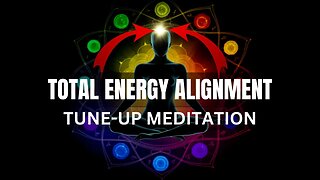 29:59
29:59
Flower of Life Meditations
1 year ago30 MIN CHAKRA TUNE-UP MEDITATION FOR TOTAL ENERGY ALIGNMENT
92 -
 1:00:00
1:00:00
Embark on a Journey to Inner Stillness
9 months agoChakra Alignment: Meditation for Energy Balance and Vitality
-
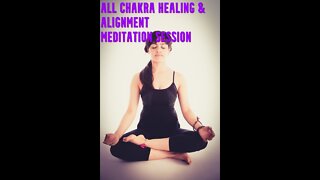 11:01:10
11:01:10
UNITY OF CONSCIOUSNESS
1 year ago $0.02 earnedChakra Alignment Meditation | Healing Music & Sounds | All Chakra Healing and Alignment
193 -
 1:39:34
1:39:34
WEALTH CODE (DNA CODE)
1 year ago $0.01 earnedHow to Chakra Meditation for Beginners: A Comprehensive Guide to Balancing Your Energy Centers
86 -
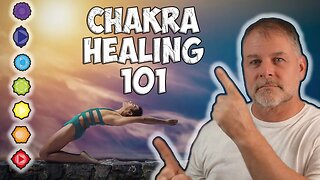 32:46
32:46
Spiritual Drifter
8 months agoChakra Healing 101: An Amazing Guide to Balancing all Seven Chakras
10 -
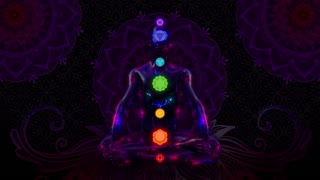 1:00:03
1:00:03
UNITY OF CONSCIOUSNESS
1 year ago $0.02 earnedPositive Energy for Chakra Healing | Chakra Re-Alighment | Solfeggios 528Hz, 174Hz, 396Hz
130 -
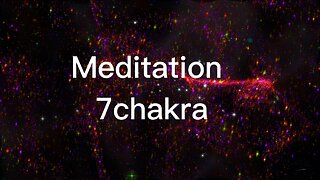 18:18
18:18
The Power of Meditation
1 year agoUnblock All 7 Chakras Healing Meditation Music, Full Body Energy Balancing
112 -
 10:23
10:23
Lucidy
1 year ago✨🌸 Unleash Healing Energy: A 10-Minute Guided Chakra Balance Meditation
242 -
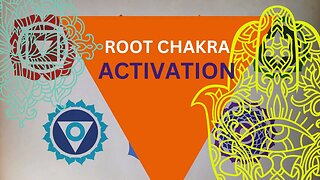 2:10:36
2:10:36
WEALTH CODE (DNA CODE)
1 year agoChakra Meditation: Balancing Your Inner Energy
2